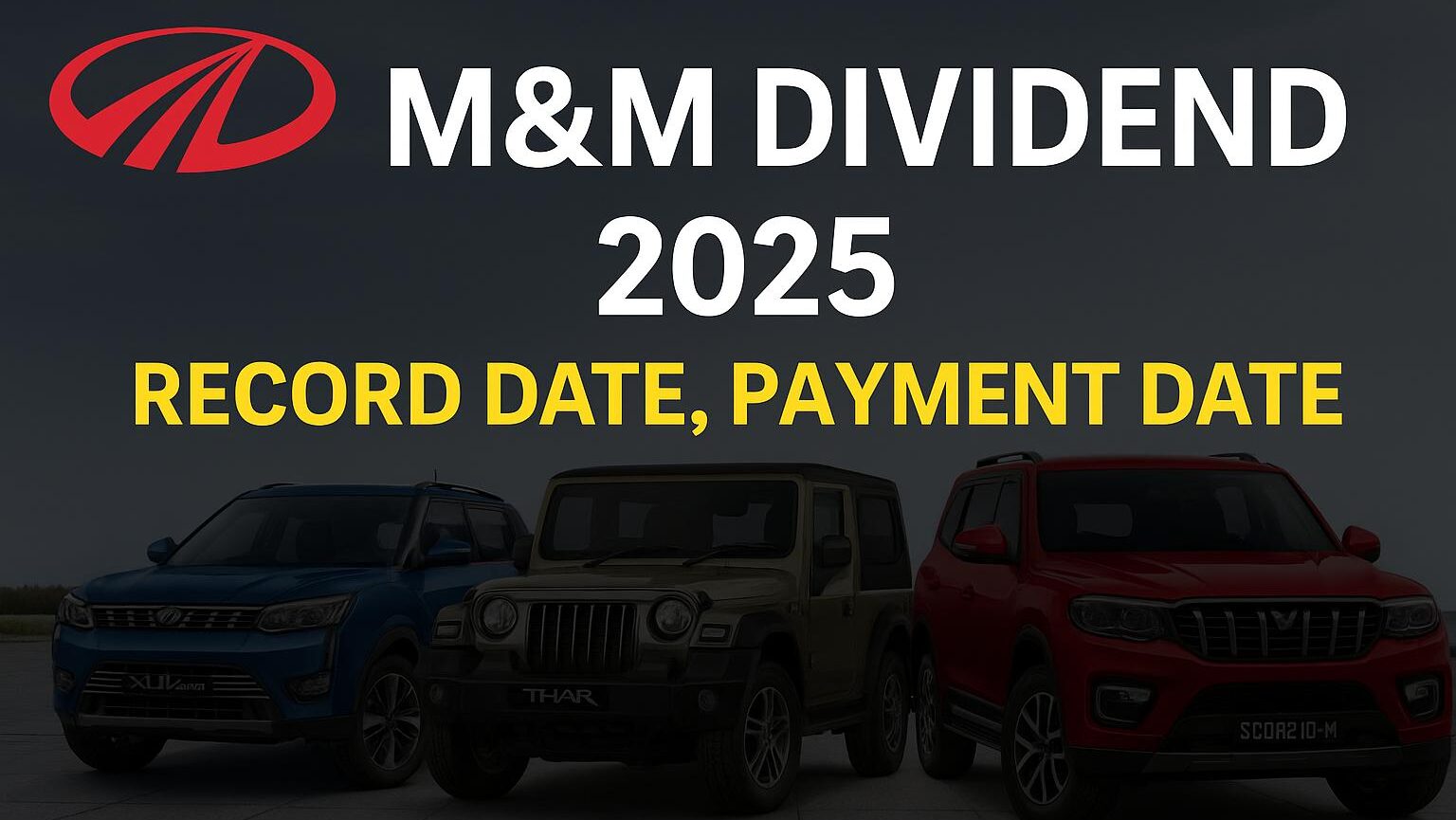The world watched nervously as India and Pakistan almost went to war. It all began on April 22, 2025, when a deadly terrorist attack in Pahalgam, Kashmir, killed 26 people. This terrible event set off a chain reaction. India responded with Operation Sindoor, striking militant targets. That, in turn, raised fears of a full-scale conflict. Investors in both countries panicked, worried their money might vanish overnight.
Then, in an unexpected twist, former U.S. President Donald Trump brokered a ceasefire. On May 10, 2025, he announced that both nations agreed to stop fighting. For markets on edge, this can be a huge sigh of relief. In this article, we’ll look at how stock markets in India and Pakistan reacted, and we’ll place this event in a wider, historical context.
Indian Stock Market: Holding Steady
Surprisingly, India’s stock market did not crash when tensions grew. The BSE Sensex and NSE Nifty-50, India’s main stock indexes, stayed strong. After the Pahalgam attack on April 22, 2025, many thought investors would rush to sell. Instead, the Nifty-50 even opened higher the very next day.
Again, on May 7, 2025, after Operation Sindoor, the market closed up by 35 points. This modest gain showed that investors believed India could handle regional conflicts. Experts point to India’s solid economy, steady growth in GDP, and a wide mix of companies as reasons for this calm. Over the years, India has faced border skirmishes without full-blown war. Many investors remembered those times and stayed calm. When Trump announced the ceasefire on May 10, this confidence grew even stronger. The market avoided a sharp drop and continued to move up.
Pakistani Stock Market: A Steep Fall
In Pakistan, the picture was very different. The Pakistan Stock Exchange (PSX) suffered a heavy crash as tensions rose. On May 8, 2025, the KSE-100 index fell by 6.3% in one day. This drop triggered an automatic trading halt after the index lost 7%. It was the worst one-day crash since the crisis began. Actually, the trouble started right after April 22. Over the following weeks, the KSE-100 lost about 4% of its value.
On April 30 alone, it fell 3.09%. There was a small bounce back of 2.5% on May 2, but it did not last. Investors worried about Pakistan’s weak economy. High inflation and low foreign currency reserves made people sell.
Trump’s Mediation: A Game Changer
Enter Donald Trump. In an unexpected move on May 10, 2025, he used his platform on X (formerly Twitter) to declare that India and Pakistan agreed to a “full and immediate ceasefire.” He praised both sides for using “common sense and great intelligence.”
This announcement is like a switch being flipped. Markets that had been moving wildly due to fear may now calm down. Investors might see a clear end to the risk of a full-scale war. This sense of certainty can help traders shift from panic to cautious optimism.
Also Read – Tata Motors Dividend 2025 Announced? – Record Date, Ex-Dividend Date & More
How Wars Affect Markets?
History shows that wars often cause short-term market panic, but markets tend to recover when peace returns.
For example, when World War II began in 1939, the Dow Jones Industrial Average dropped by 30% in a year.
Yet by 1945, it had climbed 50% higher than its pre-war level. War production and the promise of peace fueled that rebound.
Similarly, during the Gulf War in 1990, the S&P 500 fell 15% over six months. Once the conflict ended, the index bounced back quickly.
The pattern is clear: uncertainty causes an initial drop, but stability brings recovery. In the India-Pakistan case, Pakistan’s crash matched those early war shocks. India’s market, however, showed stronger resilience. The quick ceasefire helped India stabilize even faster.
Global Ripple Effects
The crisis in South Asia did not stay in South Asia. Global markets felt the impact too. Some sectors actually benefited. Chinese defense stocks, for instance, went up as Pakistan used Chinese-made weapons. Investors who held those stocks saw gains. But many portfolios with exposure to emerging markets in Asia faced new risks.
A conflict in one region can shake markets on the other side of the planet.
Conclusion
In conclusion, this ceasefire may boost confidence in markets around the world. India’s stock market may become more secure, and investors may have the chance to plan with greater certainty. Even in the toughest times, hope can lead to new opportunities. Ultimately, peace may prove to be the strongest foundation for stable economies.
Disclaimer:
This article has been written with utmost care for informational purposes only. However, if there is any mistake or inaccuracy, please excuse us. The content is not intended to hurt anyone’s sentiments. If you have any concerns or feedback, feel free to share them in the comments.
Please note, this is not financial advice. Always consult your financial advisor before making any investment decisions.
What is a Ceasefire?
A ceasefire (or “cease-fire”) is a temporary or permanent halt in fighting between warring parties. It is usually agreed upon by governments, military forces, or armed groups to stop violence, allow negotiations, or facilitate humanitarian aid.
What Does “Full and Immediate Ceasefire” Mean?
A “full and immediate ceasefire” refers to a binding agreement where all parties involved in a conflict must halt all military operations, attacks, and hostilities completely and unconditionally (“full”), leaving no room for exceptions. Additionally, the ceasefire takes effect instantly (“immediate”), requiring forces to stop fighting without delays, phased withdrawals, or preparatory steps. Such ceasefires are often mediated by neutral third parties, such as the United Nations or the United States, to prevent further escalation of violence and lay the groundwork for diplomatic negotiations aimed at resolving the underlying causes of the conflict. This type of ceasefire is designed to create an urgent pause in fighting, reduce civilian harm, and foster conditions for lasting peace talks.
Can war resume after a ceasefire?
Yes. If peace talks fail, trust breaks down, or terms of the ceasefire are violated, fighting can restart. For example, India and Pakistan have had multiple ceasefires over decades, but tensions occasionally flare up again.
Does a ceasefire directly impact stock markets?
A ceasefire typically boosts stock markets by reducing risk and encouraging investment. However, gains depend on the ceasefire’s credibility, diplomatic follow-through, and absence of violations. Markets reward lasting peace, not just pauses in fighting.













